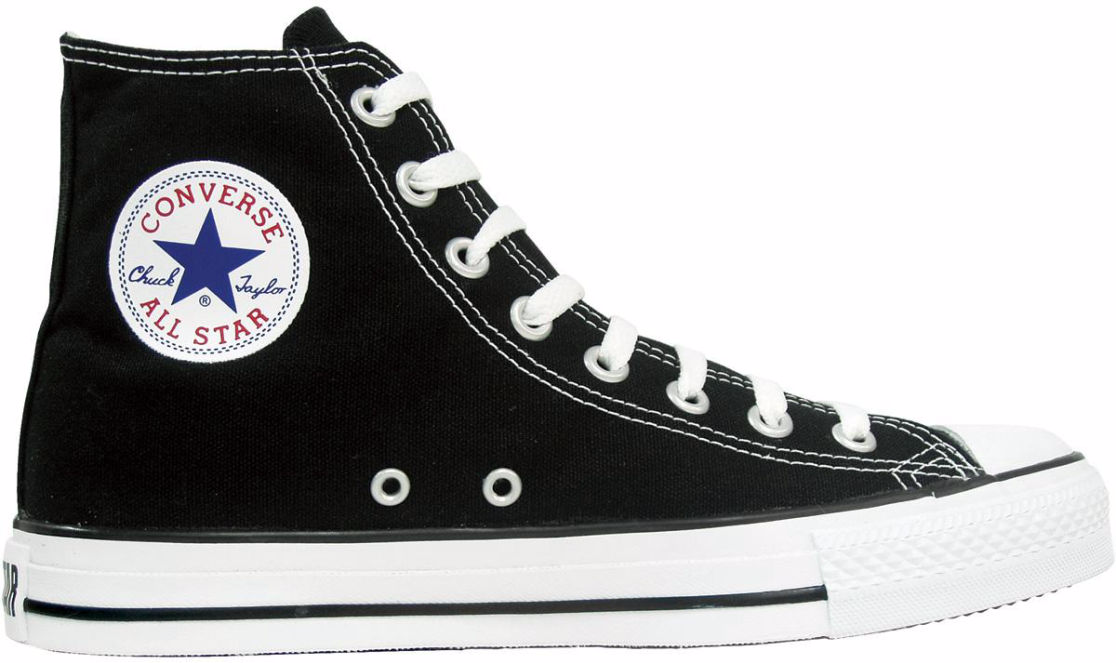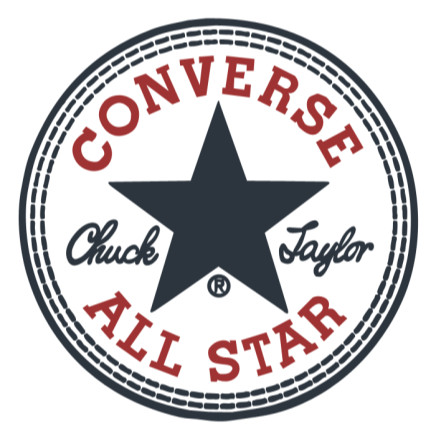Forget description.
If you're trying to describe what the product or service does - don't. You'll never be able to do it in a name. And, if by some miracle you can pull it off, you will have created a generic category.

If you were to go back 50 years in time and conduct focus groups on what mkes a good name and you would be surprised by the reactions you'd get to today's most successful brand names.
"Apple...a company that makes computers? What?! Nike - why not Apollo or Zeus or Thor - and shoes, huh? What do ancient gods have to do with jogging? And Uber??? Is that a revival of Deutschland, Deutschland, uber alles... or am I missing something?" The truth is, a brand becomes a brand not because of a name, but from what that name comes to represent - the result of countless small decisions and a big idea or two. Here are a few rules of thumb from an old hand at naming things:
If you're trying to describe what the product or service does - don't. You'll never be able to do it in a name. And, if by some miracle you can pull it off, you will have created a generic category.
If you or anyone around you has trouble pronouncing your brand name, move on. If you can't say it quickly after a few beers, rethink.
Or your brother or your friends. What they think of your name is irelevant. Why? Because without branding, a name is just a name. And what's in a name: next to nothing, 10% of an empty paper bag, at best.
The target group, the value proposition, the tone of voice and the marketing strategy should be based on a long-term vision that is completely independent of the name.
Again, what people think of the name is irrelevant. A bag is a bag, what's interesting is what's inside.
Letting available domain names be the driver of your naming is a disaster for creativity. Come up with the name first, then change spelling or add words for the dot.com url.
Don't get too hung up on the name. The play is the thing. If Hamlet had been called Dereck, it wouldn't have made much of a difference. The story, the theme, the comedy and the drama are what make it a masterpiece.
In the last hundred years or so, we’ve forgotten many of the most basic concepts of time. Because we’re under the impression that everything happens so much faster today, we think we manage time, a concept that earlier generations and most of the universe would find tragic and laughable.
We all have Word, Excel and Outlook and process information ten times faster than our parents did. Because we have shiny new gadgets, we kid ourselves we have a higher standard of living. It's only too obvious that not only do we have less time, but also make less money. We console ourselves that we’re part of a new global economy, where fortunes are made and lost in the blink of an eye and if we could only do more we would get a little taste of it.
The bottom line is we're online, but out of touch. It’s time to sit down in a comfortable chair in a quiet room and review a few laws of physics, nature and, above all, human nature. And, forever banish this absurd notion of time management for everyone on the planet except people who schedule flights and trains.
In real life, it’s just an illusion. Most of us have read them or absorbed them by osmosis – those handy little guides for time management and getting things done. The main premise is usually how to structure tasks and make use of dead time for productive work. Breaking time down into units and making efficient use of every minute is the secret to success, but this is the worst possible formula for the two biggest drivers of success and happiness – creativity and passion. Dead time – on planes or trains, waiting, walking – this time should be used for anything but efficiency. This is a time for dreaming, fantasizing, being silly, letting your mind wander, being nice to yourself, reading an outrageous book, talking to strange people. Even sleep can be intensely creative if you let it. Dead time is when your creativity is at its highest. But only if you surrender to it. This is the time when you will get your best ideas, but only if you put away the frigging spreadsheet. And, please, frequent fliers, lose the laptops. Working on those little trays next to your fellow sardines is not only inefficient, it’s an affront to your creative self. Relax, play with the plastic cutlery, check out the legs in the aisle, read, scribble, doodle, sleep loudly and drool. The world will be a better for it. And so will you.
And, oh yeah, you'll probably get a lot more done.
I’ve worked with branding high-tech products and companies for decades and for decades I’ve heard the same story. “Our technology is five years ahead of the market and we have patents worldwide. We have no competition.”
I answer: “Everyone who wants the technology will have it in three months. As for enforcing patents – I hope you have a lot of money and even more time.”
“So, you’re saying that we forget about the patents?”
“No, patents are like seatbelts in a car – they’re a lifesaver, but only after the fact when the damage has been done. There are other ways of protecting your IP that discourage copying and minimize damage. Staying with the car analogy, they are the brakes, tires, the suspension, the mirrors and the blinkers...” Then I show them my seven point plan.
Obviously, make sure the seatbelts are the best – patents, monitoring and quick action on anything that looks like an infringement. Zero tolerance is a must. Cease and desist. Stop right there. I pity da’ fool!
Even the most mundane industrial innovation can be protected by having a strong and distinct personality. By making your product unique and newsworthy and your story irresistible, your product will be the original and everything else just a pale copy.
Offering the most generous terms to local partners not only grows the company, but also removes much of incentive to copy or compete. Or in plain English, it’s better to get everyone inside the tent pissing out than the other way around.
Technology is easy to duplicate, large companies are not. Beg, borrow, steal, even consider dating investors, whatever it takes to roll out the technology as quickly as possible. Large influxes of capital must be obtained as early as possible and partnerships must be established in as many key foreign markets as possible. Think worldwide from the very beginning.
Online, offline; global, local; trade press, tabloid – make a name of yourself. Create a symbol - a front man/woman, a cause, fight for an industry standard – anything that will give your technology and organisation a human face. Get personal.
Give your customers something very valuable for very...free. If you sell hammers and nails, give your customers free blueprints for wooden houses. In the sterile techno-marketing speak this is called content marketing. I call it old Jack at the hardware store”. “Son, this is what I think you should do...”
As you start selling your innovation at premium prices, you should start laying plans for setting up production and sales of your own cheap copies of your own technology. If there’s one thing that a pirate hates it’s another pirate. Keep the two operations completely separate. Match or undersell the pirates while your real company goes pirate hunting. This is called the stick and carrot, only without the carrot.
The best explanation of our digital world I've ever read is 800 years old. "Beware, the half-wise are everywhere". We all know them, those self-proclaimed experts whose claim to fame is that they're just barely not stupid. For hundreds of generations you ran into them, but they were manageable. Now, with the Internet, the gates of hell have opened. The half-wise are all over the place. In Viking times, it was all face time so if someone got a little too "half-wise" you could put him down with a well-turned phrase or, if it was just one of those days, run him through with your sword. Today, your only weapons are click, backspace and delete.

The obscure little company Converse launched its All-Stars in 1917 as a shoe specifically designed for the serious basketball player. All-Stars had a lukewarm reception until the 1920’s when former basketball player Chuck Taylor talked his way into a salesman job at the company and started tinkering with the product. As a tireless evangelist, Taylor helped Converse establish itself as the basketball shoe and official supplier to the 1936 Olympic basketball team. By World War II, the shoe was standard US Army issue for all calisthenics and by beginning of the sixties, Chuck Taylor All-Stars, as they had been renamed in the thirties, accounted for a full 80% of the sneaker market in the US.
Enter Nike, Adidas and Puma with shoes better suited to basketball. With a much loved, but now inferior product, Converse gradually fell out of favour with the sporting world and saw their sales drop and their brand go from pro equipment to cheap canvas sneaker. In the 80’s and 90’s the brand found a new life as an edgy statement on the feet of the cultural icons such as Curt Cobain and the Ramones, but it wasn’t enough to save the company and Converse filed for bankruptcy in 2001.
But the brand lived on and grew bigger than ever. Nike Inc., which acquired the company, took the brand where it had been trying to go all along, not as a sporting accessory or even a sneaker, but as a symbol for creative expression. With annual sales now in the billions, the Converse All-Stars brand has become such a popular icon that the only danger in sight is that it loses its slightly edgy personality by becoming too popular. It’s hard to be edgy when you’re wearing the same shoes as your father. (Or maybe not...depends who your father is...)
The moral of the story for marketing folks: a strong brand can live longer than you do if you listen to what it wants to become and help it get there even if it’s very different from where it started.
The moral for fashion folks: look at old functional design and see how it can be adapted to new fashion trends. Remember, Paul Smith took over an old uniform factory to make his less–is-more new fashion brand.

In her best-selling book, Ten Thoughts About Time, Swedish physicist and philosopher Bodil Jönsson, talks about learning to accept that we don’t think any faster today than 100 years ago or even a 1,000 years ago. Thoughts do take time – not just the actual thinking, but also the complicated cocktail of emotional, biochemical and subconscious impulses that make ideas of any kind possible. Give yourself time to think. Why, she asks, is “thinking” not taken seriously enough to have its own voice mail code for the office phone. There’s a code to tell callers that you’re in a meeting, away on business, out to lunch, lecturing, on vacation or out sick, but there is no code for “thinking”. A physicist, philosopher and writer, someone who gets paid to think, Jönsson asked her receptionist to tell callers she was busy thinking. The receptionist talked her out of it, arguing that people would get angry if they were turned away for something that sounded so unimportant.
When was the decision taken that taking time out to think is unimportant?
We tend to think of our daily lives in concrete terms: houses, cars, streets, offices and the occasional sandwich. Even our abstractions are concrete; we have bills to pay and more or less enough money in the bank to pay them even though both the debts and the funds are just 6K of HTML. Yet, none of these things would exist if it weren’t for stories ...
There are big stories, such as how the world was created; small stories, such as what a piece of paper with numbers will buy you in a store and microscopic stories such as who is doing what to whom and why the comedian committed suicide. And it is these stories that define our lives, what we do, what we buy and, above all, our legacy. For example, the Viking civilization lasted only three or four centuries and left virtually nothing concrete behind: no cities, no monuments, no ruins, no architecture or religious relics. There are almost no Viking tourist attractions, and aside from a few coins, trinkets and rotting ships, there’s nothing to see, nothing to touch. Yet, Viking culture and mythology are almost as well know as Greek and Roman mythology, both of which came from 1,000-year empires recorded in thousands of books. Most of the days of the week are still named after Viking gods. English, German and French are full of Norse words and millions of people are standing in line to see the latest Lord of the Rings sequel, a story inspired by Viking mythology. There are fewer historical remnants than many civilizations that have disappeared completely, yet the Vikings live on. Ask someone in Asia. Chances are they will know as much about the Vikings as they ancient Greeks. The reason is very simple: the Vikings makea good story and they tolda good story. One of the most important human instincts is the pursuit of happiness and meaning, putting yourself in a story that makes sense, hopefully with a happy ending. Literature, music, art, business, history, religion, psychology and philosophy all attempt to bring order to the chaos of the human world. Every flash of wit or profundity is worth its weight in gold. Those minutes when the universe suddenly makes just a little more sense is what we all live for. A good story has primal magnetism that goes beyond words. Its truth is in its power and its power is in its truth. A good story moves mountains, creates religions, countries, fortunes. Read on.
Steve Strid
Stockholm, Sweden
Valencia, Spain
+46 708 79 64 60
steve@stevestrid.com